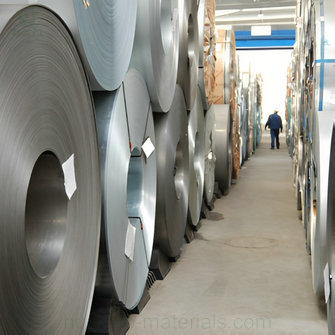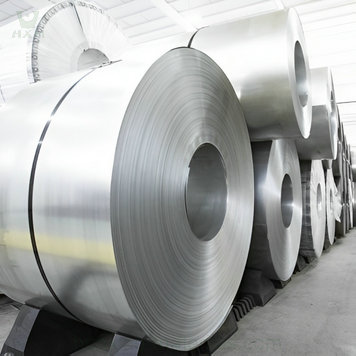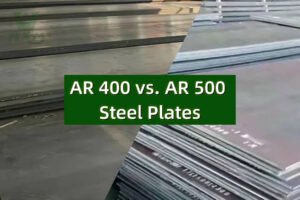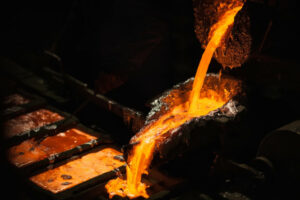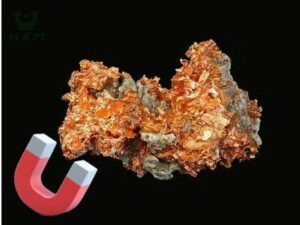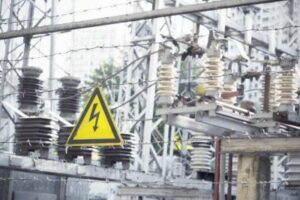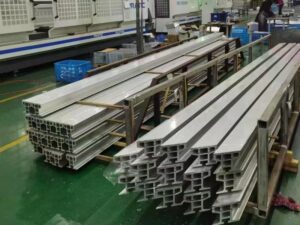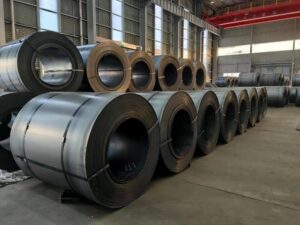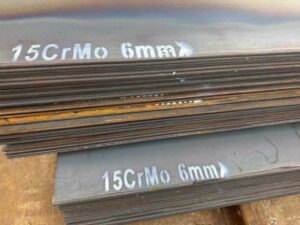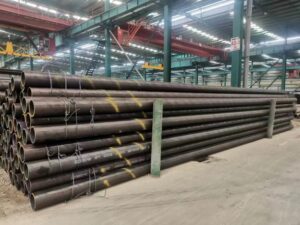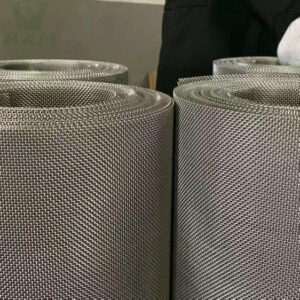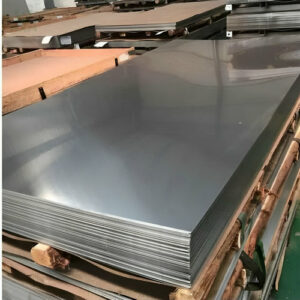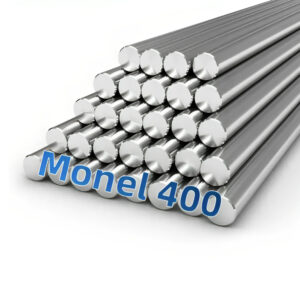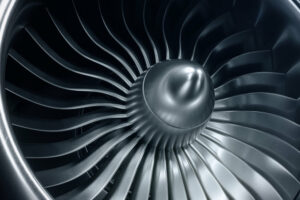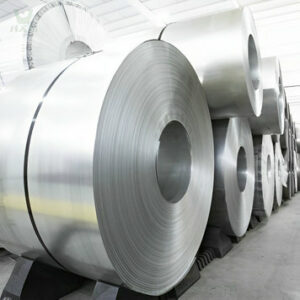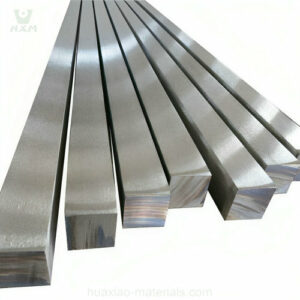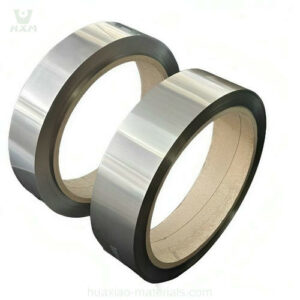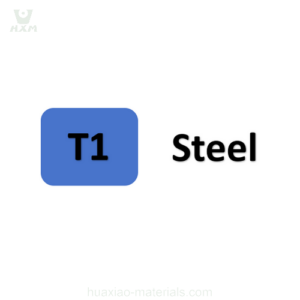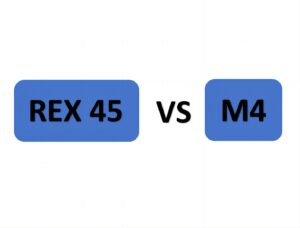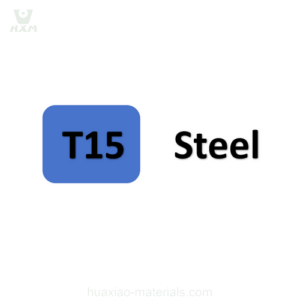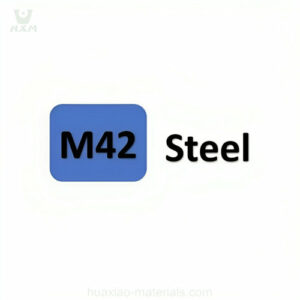When selecting 410 stainless steel suppliers, there are several important factors to consider to ensure you receive high-quality products and reliable services. Here are some key factors to keep in mind:
Quality and Reputation: Choose suppliers known for their reputation and commitment to providing high-quality stainless steel products. Look for suppliers with certifications and standards that attest to their quality control processes.
Product Range: Ensure that the supplier offers a wide range of 410 stainless steel products, including sheets, plates, bars, tubes, and more, in various sizes and forms to suit your specific needs.
Material Certification: Request material certifications or test reports that confirm the chemical composition, mechanical properties, and other relevant characteristics of the stainless steel. This helps ensure that you receive the correct grade and specification.
Technical Support: Consider suppliers that offer technical support and expertise, especially if you have specific questions or requirements related to the use of 410 stainless steel in your applications.
Delivery and Lead Times: Check the supplier’s ability to provide timely delivery based on your project timelines. Consider factors such as shipping options, lead times, and the supplier’s location relative to your business.
Flexibility and Customization: If you require customized sizes, shapes, or finishes of 410 stainless steel, verify that the supplier can accommodate your specific requests.
Price Competitiveness: While price is important, prioritize quality and reliability over the lowest cost. Competitive pricing should be balanced with the assurance of quality materials.
Order Quantities: Determine whether the supplier can fulfill your order quantities, whether you require small quantities or larger bulk orders.
Reviews and References: Research the supplier’s reputation through customer reviews, testimonials, or references from other businesses that have worked with them.
Supplier Location: Consider the location of the supplier in relation to your business. A local supplier may provide advantages in terms of easier communication, reduced shipping costs, and quicker deliveries.
Packaging and Handling: Check how the supplier packages and handles their stainless steel products to ensure they arrive in good condition and ready for use.
Environmental Practices: If environmental responsibility is important to your organization, inquire about the supplier’s sustainability practices and adherence to environmental regulations.
Customer Service: Choose suppliers that are responsive and communicative, addressing your inquiries and concerns promptly.
Long-Term Relationship: Consider forming a long-term partnership with a supplier who can consistently meet your stainless steel needs and provide reliable service over time.
By carefully evaluating these factors and conducting thorough research, you can select a reputable and reliable 410 stainless steel supplier that meets your specific requirements and contributes to the success of your projects.
